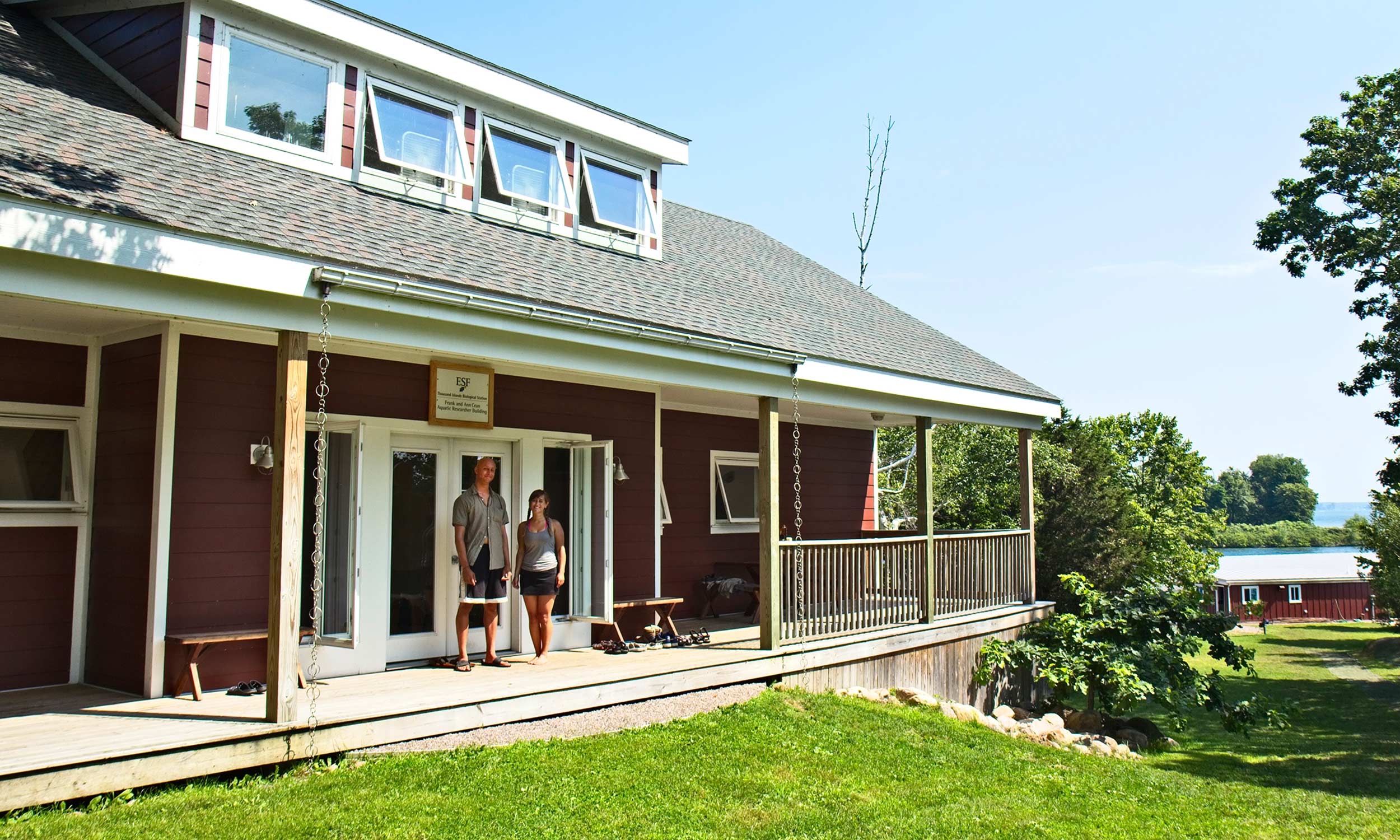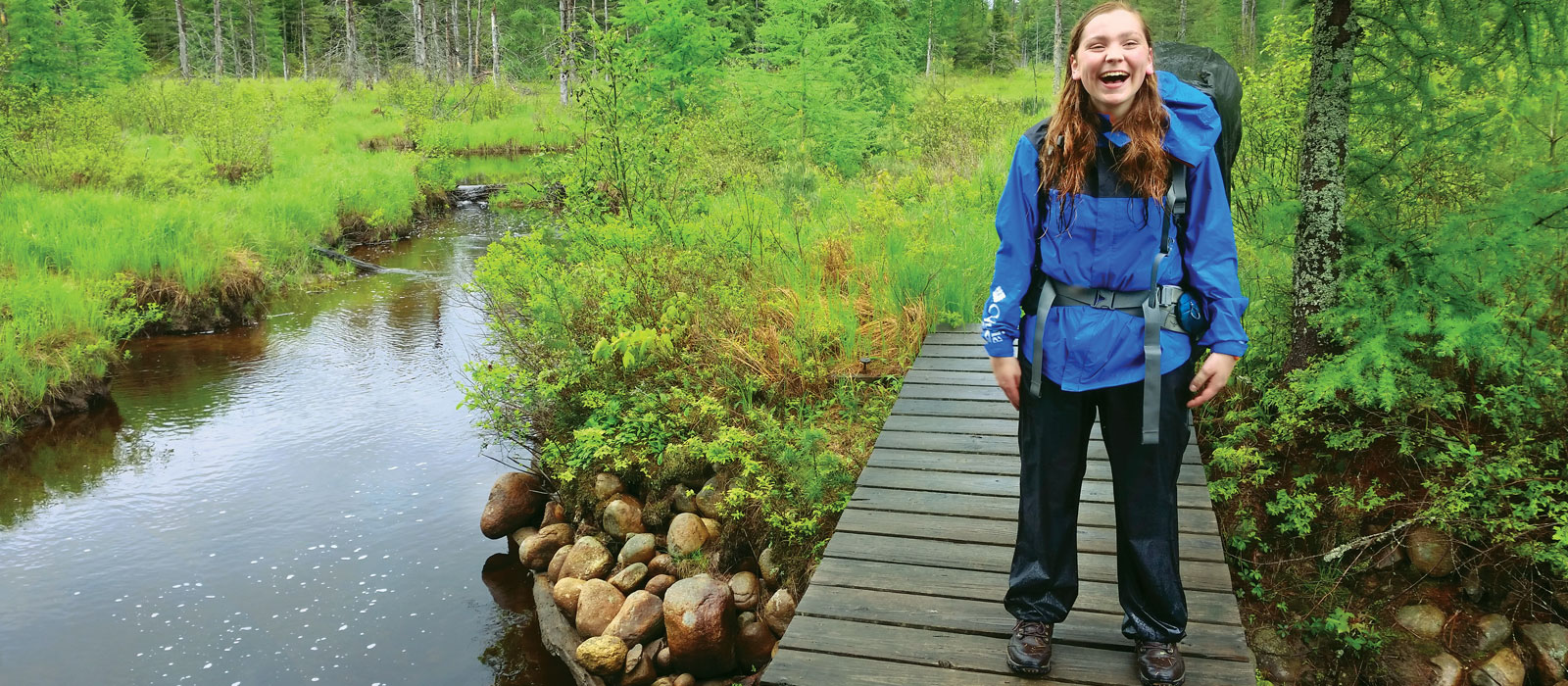Where Does All The Garbage Go?
Erin Cuddihy Wanted to Know
By Claire B. Dunn
I t began when she was a child, hankering to spend time outside whenever she could. Most recently, it has taken the form of learning where garbage goes and teaching younger children how to reduce the amount
of trash that ends up in landfills.
“I was always interested in the outdoors,” she said. “When it rained I would collect the worms that were on the sidewalk and I wanted to know more about them. I was always curious about the environment.”
Cuddihy was drawn to ESF because of its close-knit community. She arrived with a talent for math and science and a family rich with engineers, which made environmental resources engineering a logical choice for her major.
“I knew I wanted to do something environmental. I just didn’t know what,” she said.
So Cuddihy sampled what ESF had to offer. “I’m not the type of person to just sit around,” she said, perhaps understating her penchant for getting involved.
She served as a physics teaching assistant at Syracuse University and co-captained the ESF track team and the cross-country team that won the U.S. Collegiate Athletic Association national championship during her senior year. She was a leader in the ESF chapter of Engineers Without Borders, a student ambassador, and a member of three clubs related to her major and an Orientation Leader.
She also did an internship at Nottingham High School in Syracuse, sharing what she knows about a subject that has emerged as an environmental passion: waste management.
Cuddihy worked with another senior, Nicole Leonard ’19, doing waste audits. They sifted through garbage to see what could be diverted from the waste stream. They determined that in some cases, more than half the trash could have been composted, recycled or reused.
“We want to show high school students that there are alternatives,” she said during her final semester at ESF. “We’re trying to motivate them to see that there’s something they can do about it, to show them where this garbage actually goes.”
Jaime Rodriguez, the Nottingham science teacher who worked with Cuddihy and Leonard, said the high school students learned a lot about the benefits of recycling and composting.
“There are many changes in the works for Nottingham’s cafeteria, including compost bins, more recycling bins and buckets for liquid wastes like milk and water,” Rodriguez said. “The students have had a very strong reaction to the information they have learned from this project, and Erin and Nicole. They recognized the problem we have with our waste disposal process at Nottingham and the importance of making changes to benefit both the environment and the school district’s budget.”
Cuddihy’s curiosity about where garbage goes was sparked in her classes, especially solid and hazardous waste management, and the fate and transport of chemical contaminants.
“I didn’t think that was something I was passionate about until I took these classes about all the chemicals and garbage that are everywhere, and the way you can reduce it,” she said.
She sees the reality of it every day, walking to ESF from her home a mile off campus. “You see bottles and cans, and garbage everywhere,” she said. “It really makes me want to do something about it.”



